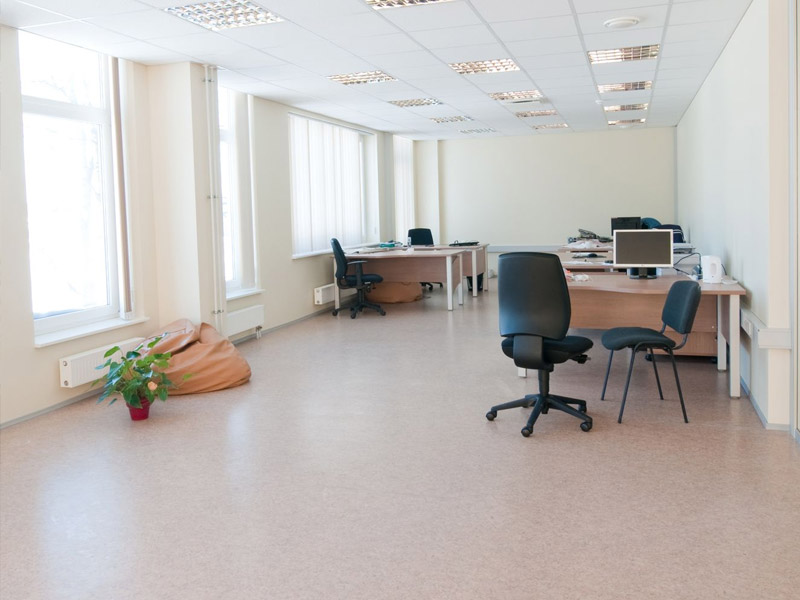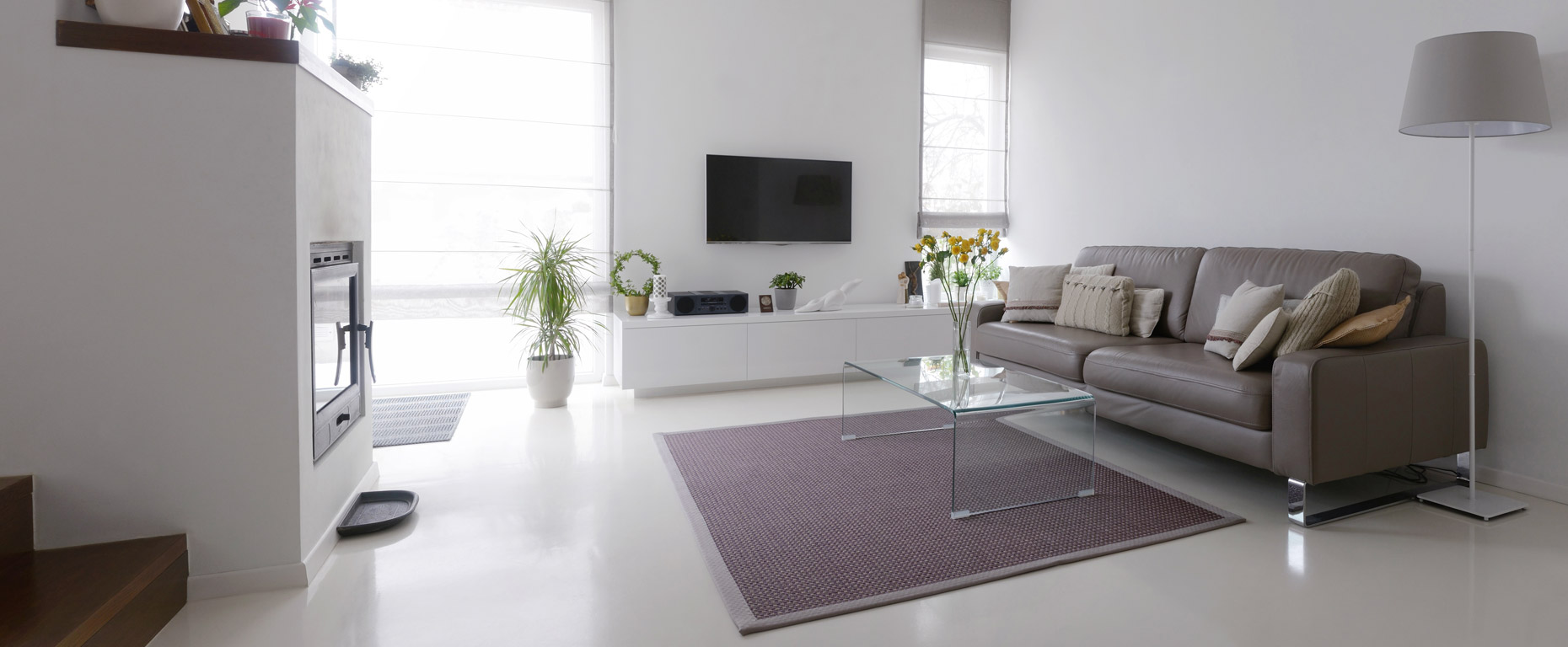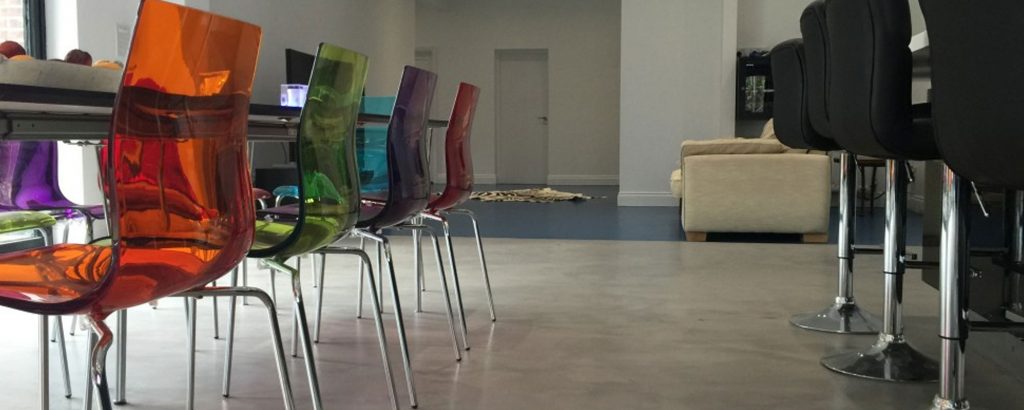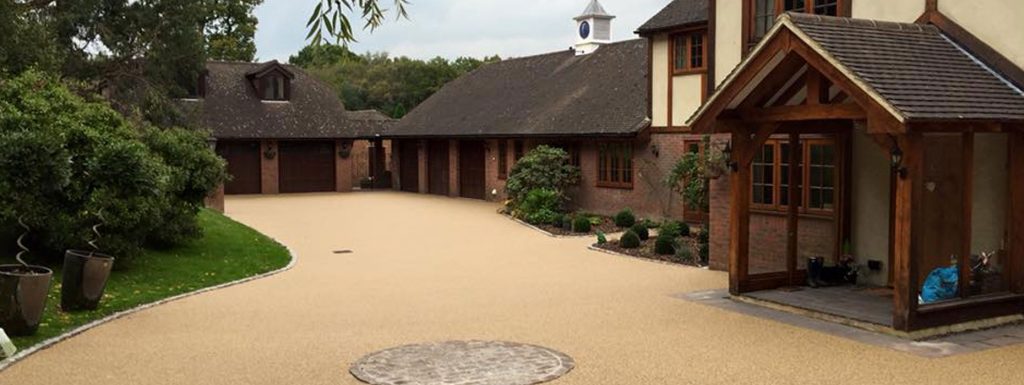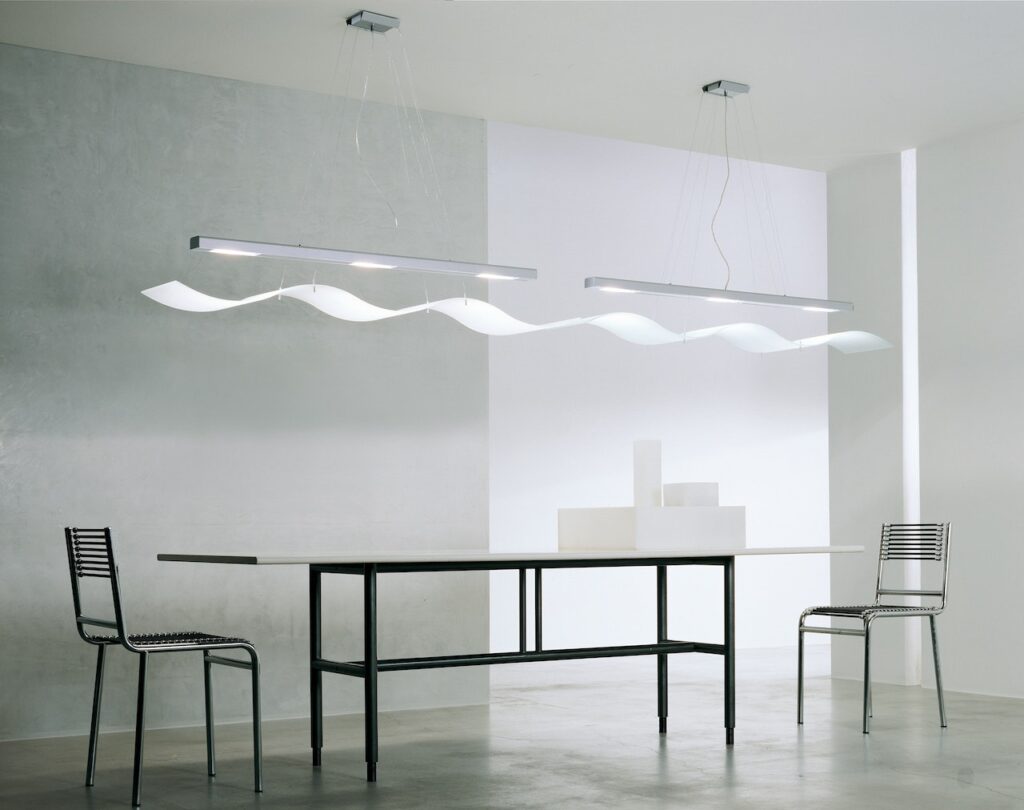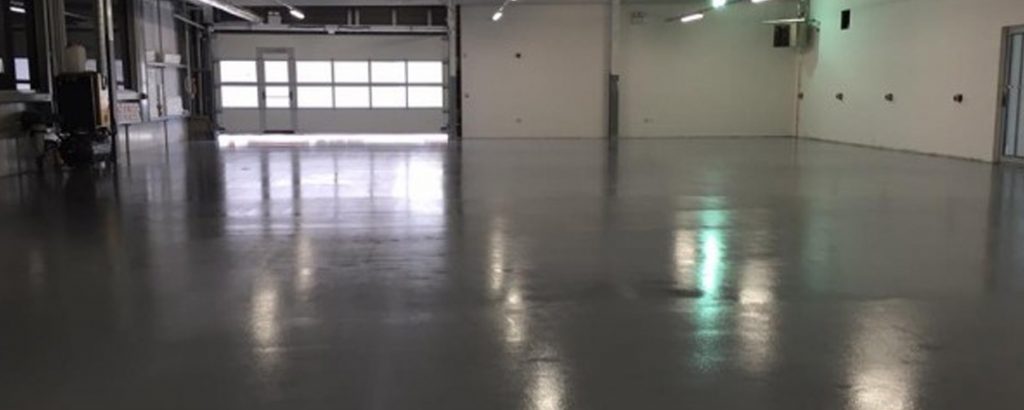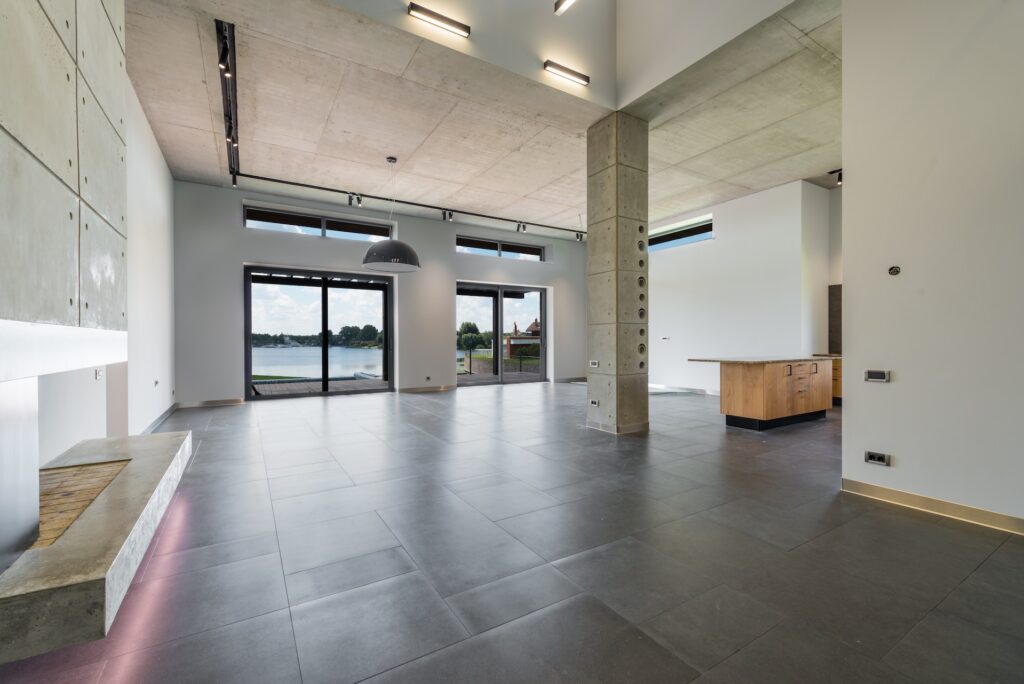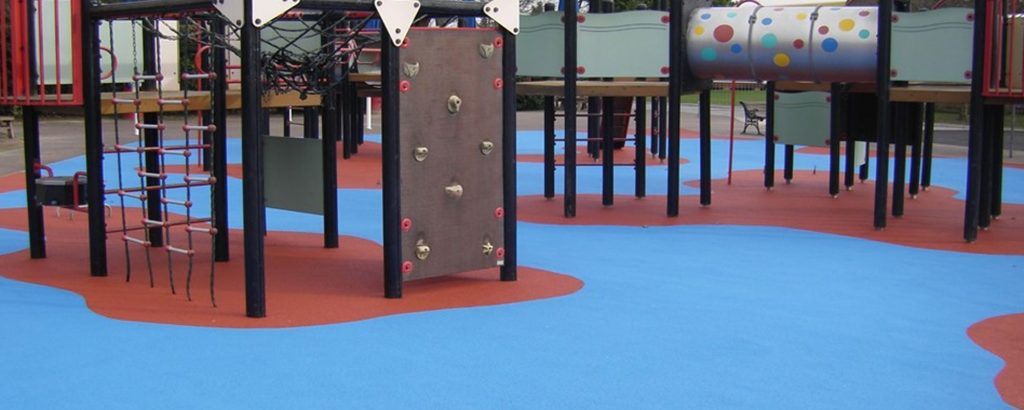Floor screed is applied as a mixture, pumped or trowelled into place to level uneven flooring, provide a subbase, or act as a finished flooring surface often found in commercial settings.
Screed is usually the product of choice for properties fitting underfloor heating since it is versatile, extremely durable, and has a wide range of performance advantages such as heat absorption.
A floor screed can either be conventional sand and cement or an anhydrite screed, a more liquid substance to apply and hugely popular due to the speed of installation, longevity and safety properties.
Looking for a screed flooring quote?
Fill out our contact form with more details about your screed flooring needs and we’ll get in touch with a more accurate, no-obligation cost.
How is floor screed made?
Traditional screed (or dry screed) is a simple mix of water, sand and cement. The ratios change depending on the use of the property but are normally around four parts of sand to each part of cement.
You’ll find concrete screed in warehouses and similar commercial settings. We offer many different types of warehouse flooring styles to suit all needs.
Liquid or anhydrite screed still uses water and sand (or a similar aggregate) but replaces cement with calcium sulphate, causing a reaction that creates gypsum.
A liquid screed is very quick to lay – although somewhat technical – and can cover 2,000 square metres per day on larger scale sites.
The advantage is that an anhydrite screed is extremely tough, doesn’t crack or warp, is eco-friendly, resistant to almost all substances, and is ready to walk on after between 24 to 48 hours – although it takes a little longer to cure fully.
The different types of floor screeding?
Flexflooring specialises in two types of advanced floor screed, with different application processes, uses and specifications.
Quartz Screed
In quartz screed, the sand is extracted from river beds and contains a rich spectrum of colours. These tiny grains are a fine, exceptional quality aggregate.
The sand is mixed with a binding agent (colourless epoxy). It is trowelled during the application, filled with another epoxy layer and sealed with a PU coat to render the flooring waterproof, durable and scratch-proof.
Stonex quartz screed floors are seamless and available in countless colourways and finishes.
Uses of Quartz Screed
Typical uses for quartz screed flooring include commercial kitchens, swimming pools, nightclub flooring and changing rooms.
Properties of Quartz Screed
Alongside the other benefits we’ve mentioned, quartz screed is chemical resistant, non-porous and hard wearing and can be applied with an additive to provide non-slip performance.
Polyurethane (PU) Screed
PU screeds are ideal for workplaces and industrial sites where there are very high or low temperatures, exposure to chemicals or prolonged UV rays.
This type of floor screed can be made with a textured aggregate with variable non-slip properties, depending on the type of building and risks present.
There are endless colour options, and the finished flooring is durable enough for even tough environments.
Uses of PU Screed
This screed is normally used in any project where epoxy isn’t suitable and is optimal for food production, chemical processing or outdoor sites such as playgrounds or loading bays.
Properties of PU Screed
A cured polyurethane floor is stable from -40°C to 140°C, is abrasion and slip-resistant, more robust than concrete, and invulnerable to a huge range of solvents, chemicals and acids.
Applications for screed floors
Floor screed can be used in private homes as well as in businesses but is most common in commercial premises, schools and colleges, retail outlets, airports and other public service facilities.
Screed floors provide a number of aesthetic and safety benefits, so they are suitable for outdoor play areas, commercial kitchens, factory floors, controlled manufacturing environments and shopping centres.
In construction projects, screed is used to:
- Level an uneven or older concrete subflooring level.
- Reinforce the stability of sensitive flooring finishes.
- Cover underfloor heating pipework.
- Create a damp-proof membrane in basements.
The durability of a screed floor makes it a cost-effective option, as although the initial installation price is higher than a less advanced flooring, it will last considerably longer.
Screed floor installation thicknesses
The installation process will depend on whether you have a sand and cement screed or a self-smoothing anhydrite screed – and will also vary with different flooring thicknesses and according to the type of self-smoothing screed.
An anhydrite screed can be either bonded or unbonded.
Bonded means that the screed is anchored or ‘stuck’ to the substrate underneath, whereas an unbonded screed is separate.
The main differences in the installation are the thickness of the screed layer:
- Bonded screeds are normally fairly thin and under 50 mm, whereas unbonded screeds can be around 70 mm thick or more, or 100 mm plus if there is a risk of curling.
- Bonded self-smoothing screeds are covered by BS 8204 Part 7, which indicates a minimum thickness of 25 mm. Tolerances are typically around +/- 15 mm.
- Unbonded calcium sulphate screed should never be under 30 mm thick or 45 mm, to ensure there is enough depth to handle any variations in the finished levels, with the same tolerance depending on the project specification.
Exact screed depths and aggregate mixes differ according to whether the screed is used to level a floor or act as a standalone flooring solution.
Professional liquid screeding
Laying a screed floor is a precise process and shouldn’t be attempted by anybody who isn’t suitably skilled and qualified.
Some liquid screeds are highly reactive to even environmental moisture and, therefore, must be fitted with due caution to ensure that no dampness or humidity in the room could damage the flooring finish.
A professional contractor will pump or trowel the pre-prepared screed mixture onto the floor and use evaporation control tools to manage the initial drying process along with dappling to release air bubbles.
When the screed has been laid, the windows and doors should be kept shut for 24 hours and opened after that to allow enough ventilation.
Whether the screed is a floating layer, a waterproof surface, or a finished floor, it should be checked by a capable flooring specialist to ensure it is fully dry before normal foot traffic resumes or any furniture or equipment is moved back into the room.
